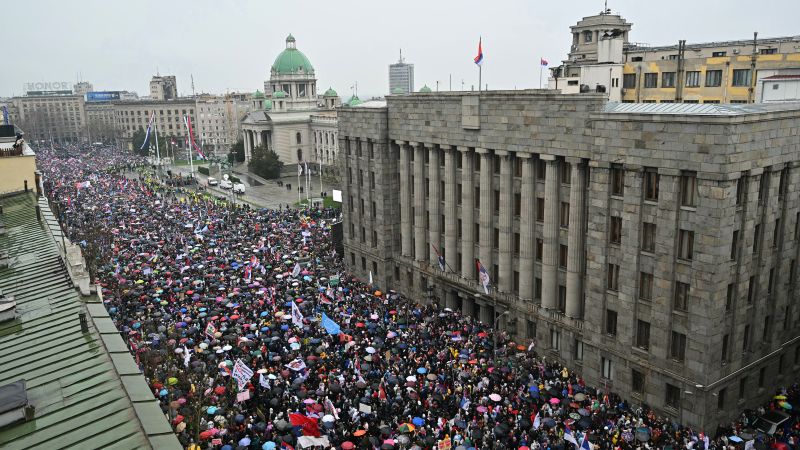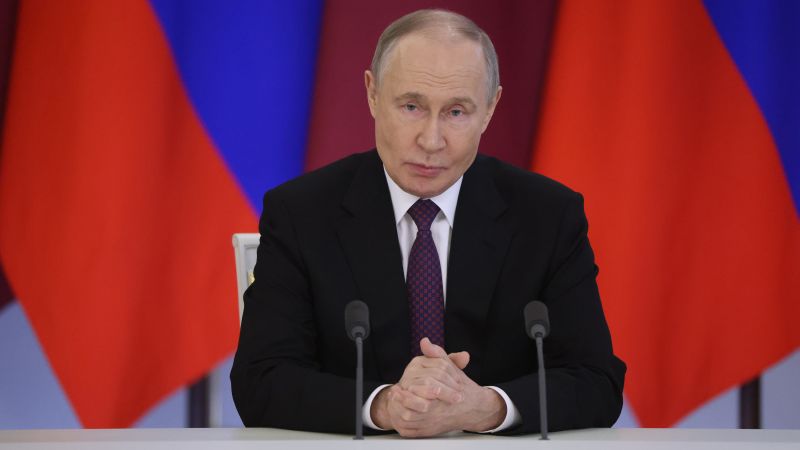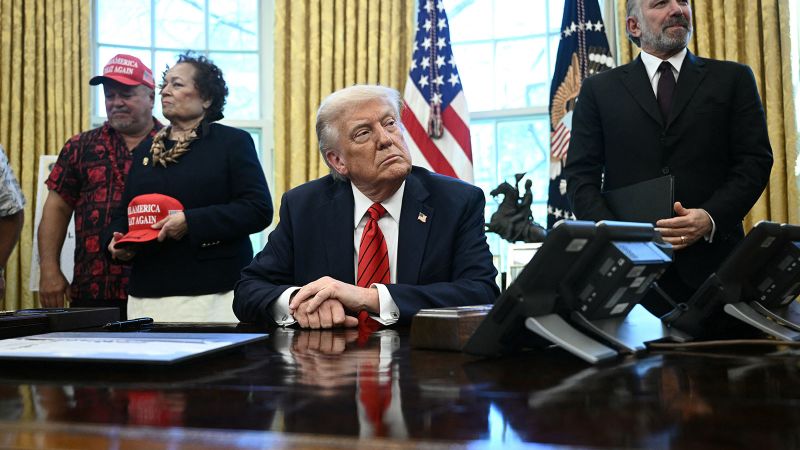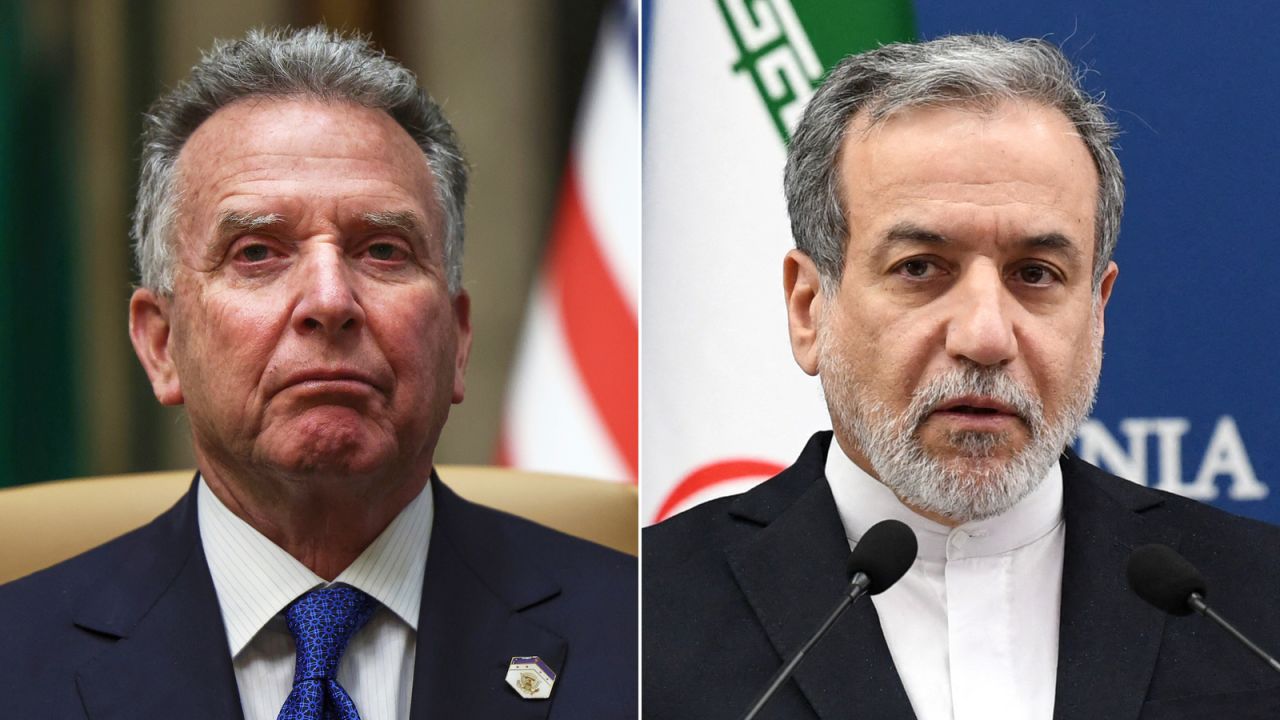Belgrade, Serbia
AP
—
Tens of thousands rallied on Saturday in downtown Belgrade against populist President Aleksandar Vucic and his government, the latest in a series of anti-corruption protests that have shaken his 13-year firm grip on power.
A deafening sound of whistles and vuvuzelas echoed throughout the Serbian capital, on high alert since the rally was announced, as people headed toward several agreed-on protest venues. Some carried banners that read, “He’s Finished!” Others chanted: “Pump it Up,” a slogan adopted during the four months of student-led protests.
It was probably the biggest anti-government rally ever held in the Balkan country.
“I expect that this will shake his authority and that Vucic will realize that people are no longer for him,” Milenko Kovacevic, a protester, said.
Reflecting mounting tensions, police said they arrested a man who rammed his car into protesters in a Belgrade suburb, injuring three people.
Ahead of the demonstration, Vucic repeatedly warned of alleged plans for unrest while threatening arrests and harsh sentences for any incidents.
In an apparent effort to prevent people from attending the rally, Belgrade city transport was canceled Saturday while huge columns of cars jammed the roads leading into the capital. The transport company said the cancellation was made “for security reasons.”
On Friday evening, tens of thousands of people staged a joyous welcome for the students who have been marching or cycling for days from across Serbia toward Belgrade for the main rally on Saturday afternoon. From early morning, people started assembling in various parts of the city, preparing to march toward the center.

Fueling fears of clashes, Vucic’s supporters have been camping in central Belgrade in front of his headquarters. The crowd included ex-members of a dreaded paramilitary unit involved in the assassination in 2003 of Serbia’s first democratic Prime Minister Zoran Djindjic, as well as soccer hooligans who are known for causing violence.
Private N1 television on Saturday broadcast footage of dozens of young men with baseball caps going into the pro-Vucic camp.
Interior Minister Ivica Dacic told state RTS broadcaster that 13 people have been detained overnight but that no major incidents were reported on Friday. He said police detained six opposition activists for allegedly plotting to stage a coup and stir unrest on Saturday.
Protesting students have led the nationwide anti-graft movement, which started after a concrete canopy collapsed at a train station and killed 15 people in Serbia’s north on Nov. 1.

Many in Serbia blamed the crash on rampant government corruption, negligence and disrespect of construction safety regulations.
Vucic has been claiming that Western intelligence services were behind almost daily student-led protests with an aim to oust him from power.
Students have struck a chord among the citizens who are disillusioned with politicians and have lost faith in the state institutions. Previous student-led rallies in other Serbian cities have been peaceful while drawing huge crowds.
























